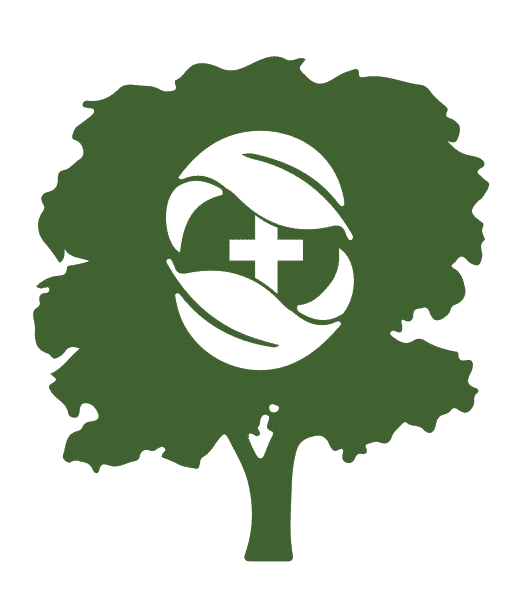
Ash Dieback has been the topic of arborists for many years, since it’s now becoming a huge environmental problem, it’s vital to educate people on what it is and how we can avoid the widespread.
It is predicted to cost British society a staggering £15 BILLION.
Trees are vital for our existence… As they expand, trees take in carbon dioxide, and the carbon they store in their wood slows the rate of global warming. As they lose moisture and reflect heat upward from their leaves, they lower wind speeds and chill the air – We must protect them at all costs.
What’s ash dieback?
Killing up to 80% of ash trees around the UK, Ash Dieback is having a monumental effect on our environment. Many species that rely on Ash Trees are becoming threatened and our landscapes are changing forever.
A fungus called ash dieback (Hymenoscyphus fraxineus) has its origins in Asia. It doesn’t inflict much harm to its native hosts, the Chinese ash (Fraxinus chinensis) and the Manchurian ash (Fraxinus mandshurica), in its natural range. However, because our native ash species did not evolve with the fungus and as a result has any natural defence against it, its arrival to Europe approximately 30 years ago has wreaked havoc on the European ash trees (Fraxinus excelsior).
How did it get to the UK?
It is probable that this fungus naturally entered the UK because its spores may travel in the wind, but it was also unintentionally brought over on ash saplings. Up until a restriction was implemented in 2012, the UK was importing thousands of ash plants from diseased regions of Europe. The disease was able to transfer from fresh planting areas to mature trees by wind, which unquestionably accelerated its spread throughout the UK.
What does ash dieback do?
If a tree becomes affected with ash dieback, The fungus overwinters in ground-level leaf litter, notably on the stems of ash leaves. Between July and October, it produces tiny white fruiting bodies that disperse spores into the environment.
These spores have a range of tens of miles. They land on leaves, attach, and then pierce through the leaf. The tree eventually dies as a result of the fungus’s internal growth and eventual blockage of the tree’s water transport mechanisms. Although the tree can fight back, repeated infections will ultimately cause it to die.
Spotting the signs of ash dieback
All ages of ash trees are susceptible to ash dieback. Although younger trees succumb to the disease more quickly, all infected trees will often exhibit the following symptoms:
- In the summer, dark blotches appear on leaves.
- They eventually wilt and turn black. Early leaf shedding is possible.
- In the summer, the shoots and leaves dieback is visible
- Where the branches join the trunk, lesions appear. These are frequently dark brown and diamond-shaped.
- Under the lesions, the inner bark appears brownish-grey.
- New growth from buds deeper down the trunk that were previously dormant.
- Epicormic growth is a typical response to stress in trees.
So, what impact will ash dieback have on our environment?
As mentioned already, losing up to 80% of our trees throughout the UK is a result of ash dieback. This not only has devastating impacts on forest landscape and biodiversity, but also a significant loss of connectivity between habitats due to the loss of hedgerows and individual trees outside the forest. The expected cost of treating the disease is high – an estimated £15 billion. It can range from the real cost of removing dead or dying trees to the loss of environmental services such as air purification.
Join the fight against diseased trees
Replanting trees is paramount with the number of ash & elm trees being decimated due to disease. Tighter controls can are also being implemented across tree imports. Working together, we can start to repair the damage that has been caused.

What are THE TREE DOCTORS doing about ash dieback?
Ash dieback is still a learning curve when it comes to knowing the full impacts of the widespread tree disease. The Tree Doctors have a great love for trees. We have been making our way through many projects that involve getting rid of many forest ash trees that have a spread of ash dieback to prevent it from spreading even more. If you need our advice or have noticed some of the signs or symptoms, please don’t hesitate to get in touch. Together, we can help improve our environment for future generations.




